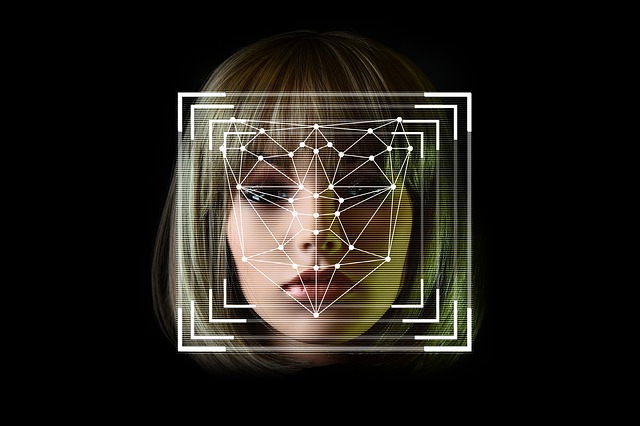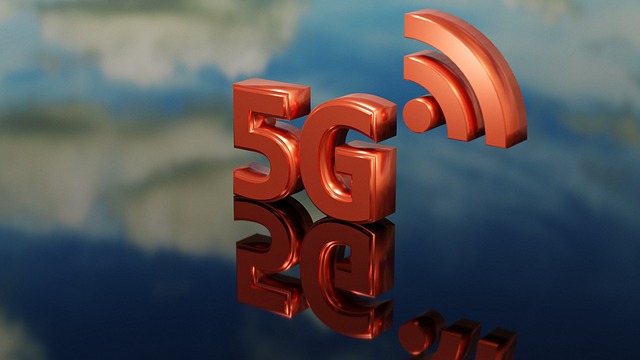If you’ve been to the doctor’s office, hospital, or any healthcare building recently, you might have noticed an upgrade in technology. Instead of a sign-in sheet, you may have been handed a fingerprint scanner. In lieu of a paper and pen, a nurse may have an iPad or desktop computer to take your medical history. For years, medical offices around the country have already had an online scheduling and note-taking system, so it may not come as a surprise that innovations have reached their way to medical imaging and radiology. 5G technology has made vast improvements in the medical space since 2018, says Imaging Technology News, and will continue to make waves, globally, for years to come.
Advancements with 5G
Ultrasound and telehealth technology has advanced this year with 5G technology, particularly with people who live in remote locations without easy access to hospitals, says Radiology Business. 5G connectivity makes transmission of 4K images and ultrasound images much more efficient and clearer than LTE technology, says the article. Patients who need appointments or images read by medical professionals are able to receive the care they need through telehealth services and remarkably clearer images. In addition to this, 5G technology has helped remotely train the practitioners, who were not radiologists, to take the ultrasound examinations. Having a wider pool of practitioners to perform these tasks is proof that 5G has a promising future in the healthcare community.
Another advancement brought about by 5G technology is biomedical devices, says Applied Sciences. When a patient has an implantable and wearable biomedical device with wireless communication technology, doctors are able to have updates and treatments in real time for those in their care. These devices gather data from sick patients and instantly transmit the progress to a doctor to be checked, remotely. Because of the reliability of a 5G network, life supporting devices are able to work quickly, and without complications of interruption. According to the article, developing the “self-health” systems aided by 5G technology will be critical for the lack of healthcare workers we will experience by 2035.
Looking ahead, Imaging Technology News predicts the 5G networks could be the “catalyst towards smart hospitals;” a center of streamlined systems and information that efficiently carries through the patient experience. Some of those concepts, says the article, includes a smart scheduling system, facial recognition or fingerprint scanners, and multiple imaging transfers between medical professionals. Importantly, too, 5G networks will enable “crosstalk” between medical devices, monitoring devices, and medical records, creating one, integrated system.

There are a lot of predictions about our healthcare system due to so many changes in our world today amidst the COVID, flu, RSV, healthcare worker shortage, and so many other variables. But, here, there is proof of a silver lining. Technology has made it possible to reroute some of these fears and bring some light to some dark statistics. We are on the precipice of new and big developments in our healthcare systems. The future is here and we are excited. Click here to learn more about Vesta’s partnership with MIT for artificial intelligence research.



